Lyon: Heart of the European Silk Industry
Lyon is the go-to-place for high quality French silk. Fashion House Chanel and Birkin bag maker Hermes set up their manufacturing plants in the region.
Updated: October 05, 2018
Hermes is France’s biggest high-end and fully integrated silk manufacturer. Over 800 people work in their production centred in vicinity of Lyon, according to Reuters.
The thriving European silk trade in Lyon began as early as the 16th century. The French aristocrats’ appetite for high fashion and luxury goods fuelled a booming silk industry.
Luxury goods convey more than wealth and status in those days. It was about identifying the sources of sensory pleasure, which made silk an object of desire.
The canuts (silk workers) of Lyon lived and breathed silk for 500 years. Their legacy is painted on the walls in the Croix-Rousse district. The gigantic Mur des Canuts (canut mural) covering over 12,917 sq. feet is surmised to be Europe’s largest fresco.
Up on Rousse hill, Maison des Canuts, the district’s silk museum is the only place in Lyon to see working “Jacquard” hand looms.
Lyon is also known as the food capital of France, and the birthplace of celebrated French chef Paul Bocuse.
Interview with French Consul General Philippe Sutter on France’s connection to the Silk Road.
(TRANSCRIPT OF INTERVIEW)
The transcript of the interview has been edited for brevity and clarity.
SILK ROAD TODAY: Thank you, Consul General Sutter for joining us on the Silk Road conversation today. Consul, can you tell us a little bit about France’s connection to the ancient Silk Road. What are some of France’s contributions and influences along the Silk Road?
PHILIPPE SUTTER: The Silk Road trade is of course part of our common history. The iconic network of ancient trade routes has connected us, Asia, Europe and Africa, both by land and by sea. We value this contribution which benefited many civilizations over the centuries.
The Silk Road paved the way to global trade, rich cultural, technological and religious exchanges, and shaped our interconnected world of today. And it has been a game changer of the modern era.
SILK ROAD TODAY: How did France benefit from the ancient Silk Road?
SUTTER: I would say that the weaving of imported silk was first recorded in the 11th century in France. The first chestnut trees in my country were planted in Provence and in the Pyrenees at the same period. And silk production seems to have started also in south of France.
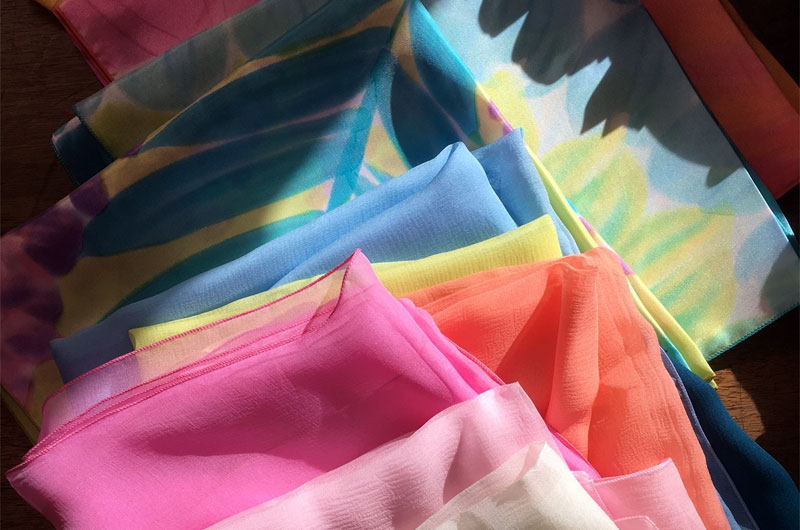
Beautiful silk scarves made using medieval looms.(Masion des Canuts)
In this event, at the end of the 13th century, it was French King Charles VII, the Duke of Burgundy and their successors who participated so vigorously, through markets, trades… Brussels, Amsterdam, Lyon and other towns.
All these fostered trade, business, and above all understanding, tolerance and respect for one another. And these are values that we share, and that we have to protect together.
France’s Silk History
The Silk Road trade with France dates actually back to the 13th and 14th centuries. Silk Road trade contributed to the mercantile transformation of Western Europe including France.
The practice of emulating Asian silk styles was institutionalized in Lyon. With the development of initiatives and imitating Chinese motifs, what we call nicely, chinoiserie. From the 16th century, all fine fabrics travelling the Silk Road, from Asia to Europe would end up in Lyon’s warehouses.
And the next century, the 17th century, there were over 10,000 looms in this city, which cemented Lyon status as the global centre for silk weaving. In fact, Lyon was a well-known centre of silk manufacturing and trade for 500 years, here in France.
And in 1801, pioneering engineer, Joseph Marie Jacquard invented a mechanical loom which would rapidly industrialized silk weaving… and this was the beginning of the real revolution. It’s a very important kind of business.
On a personal note, I would say and mention that my father created in Alsace in the 60s, some years ago, some Jacquard patterns, which I still have today.
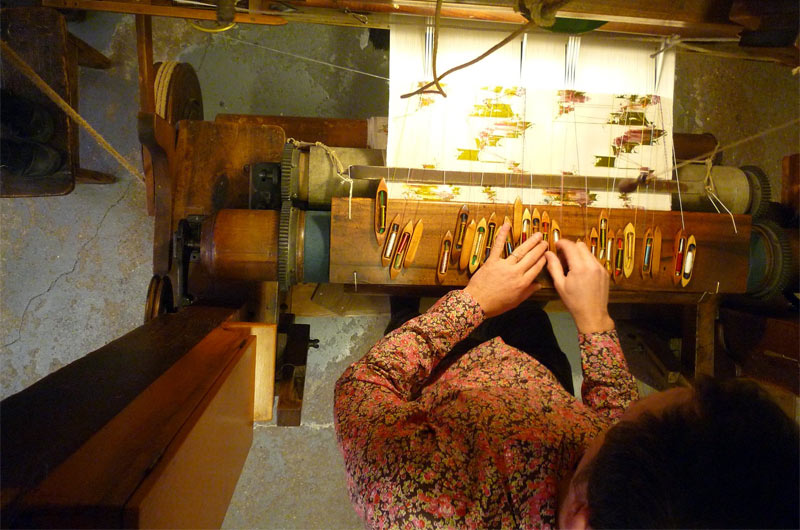
Croix-Rousse district silk museum, Masion des Canut offers guided tours and workshops for visitors to discover five centuries of Lyon’s silk industry. (Maison des Canuts)
Places to Visit
I would specially mention Lyon. Lyon is located in east central France in the Auvergne-Rhone-Alpes region. It’s actually the second largest city after Paris and a UNESCO World Heritage Site.
The city of Lyon was once the capital of European silk trade. And Lyon’s rich cultural life and its silk history is still very vibrant and can be seen in its museums, including the silk museum of course, and the fabric museum, very impressive. I recommend you to pay a visit to these institutions after seeing, of course, their very useful websites.
I would add the neighbourhood of Croix Rousse in Lyon which was at the heart of the city’s booming 19th century silk industry, and also the L’Atelier de Soieri, a historical manufacturer, which is also amazing.
As in other cities and villages in France, you will find the also in Lyon, the perfect combination and mixture of culture, gastronomy and quality of life.
Come and see for yourself.

 © Nikao Media
© Nikao Media © Nikao Media
© Nikao Media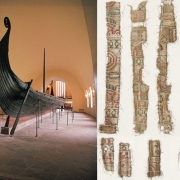 ©Johan Berge/Visitnorway.com/Museum of Cultural History, University of Oslo
©Johan Berge/Visitnorway.com/Museum of Cultural History, University of Oslo ©Nikao Media
©Nikao Media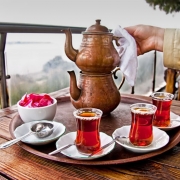 © Rep. of Turkey Ministry of Culture and Tourism
© Rep. of Turkey Ministry of Culture and Tourism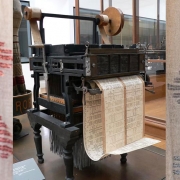 ©David Monniaux/Nikao Media
©David Monniaux/Nikao Media ©Nikao Media
©Nikao Media ©Nikao Media
©Nikao Media